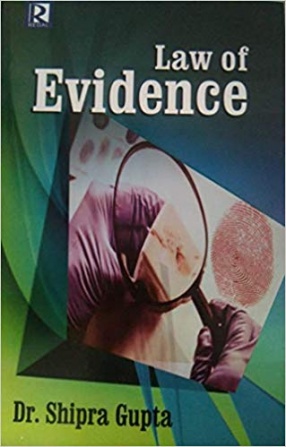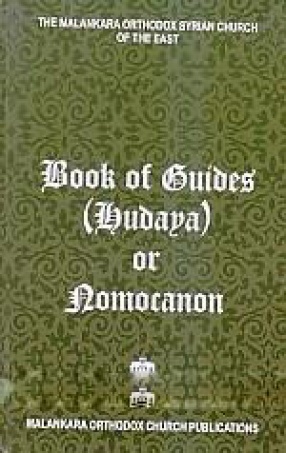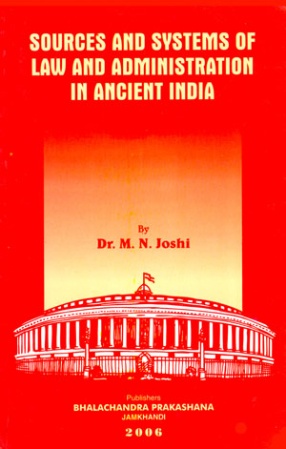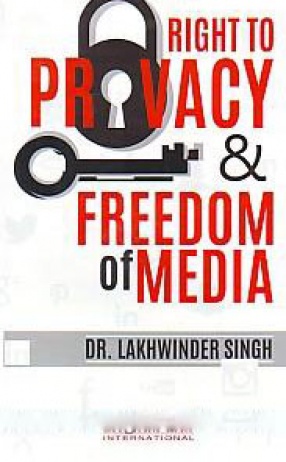Law of Evidence
Our Law of Evidence is totally based on The English Law of Evidence. Sir James Fitz James Stephen is the author of The Indian Evidence Act, 1872. It was divided into 3 (three) parts, 11 (eleven) chapers and 167 (One Hundred and sixty seven) sections. Evidence is means of proof. Proof is the effect of evidence. Judge should decide a case only on accepted principles of law. The precepts of law is to live honorably, not to injure another. According to Spencer's formula of justice. "The liberty of each limited only by the like liberties of all". This book provides a readable text with interesting cases, a rich comparison of relevant rules and a wide variety of learning material. The mission of this book is to combine the principles of competency based learning with the strengthening of essential skills necessary to effectively turn that learning into practice. It is designed for students in paralegal, criminal justice, pre-law, and legal studies, as well as those learners who just want to know more about the laws of evidence. This book is especially designed to serve the needs of the students as well as teachers, judicial officers and lawyers. The book has been written keeping in mind the general weakness in understanding the fundamental concepts of the topics covered under Indian Evidence Law. The book is self-explanatory and adopts the "lucid ad simpe" style. It is based on notes pattern. There are variety of examples, samle laws from other states, cases and illustrations. The language of book is quite easy and understandable based on scientific approach.
Get it now and save 10%
BECOME A MEMBER







Bibliographic information